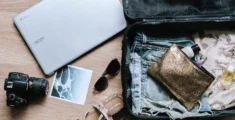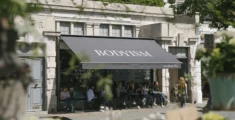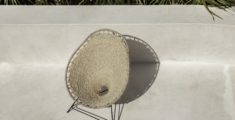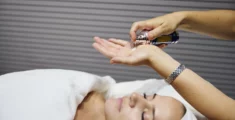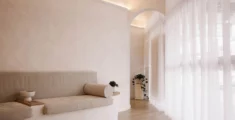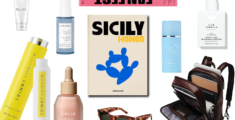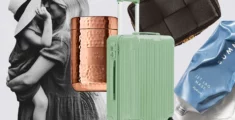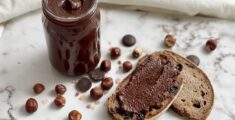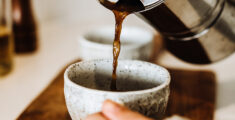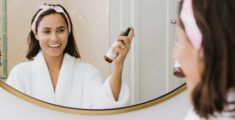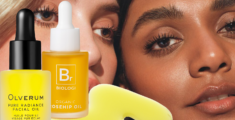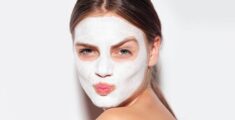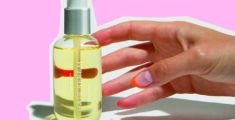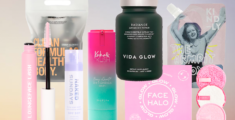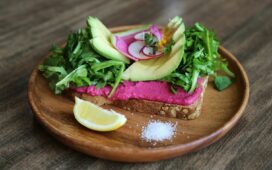I caught up with Dr Jane Leonard to talk about micro needling and its surprising benefits and things to consider before having it.
Dr Jane Leonard is an impressive woman, to say the least. She is a fully qualified GP and Aesthetic doctor with clinics based in both London and Manchester. We spoke to her to get some answers to the burning questions we had about micro needling. Although Dr Jane Leonard herself does not perform the micro-needling treatment (her aesthetic procedures includes dermal fillers, anti-wrinkle injections and more), she is well-versed on this treatment and is able to prescribe micro needling as part of a treatment plan to her clients.
L.N. Can you tell us about you and your journey to becoming a GP and an aesthetic doctor?
DR. J.L. I finished my medical training and entered the junior house officer years. After that, I went to Melbourne and it was there that I did a research post in dermatology. After I did that, I decided to come home. I found myself back in the U.K so I trained as a G.P but I did aesthetic medicine alongside it.
L.N. What made you want to go into skin care?
DR. J.L. I think it was more where my interests lie. When I was younger, I actually had terrible skin. I had really bad acne and looking back on that, I only got referred to a dermatologist when it was essentially too late and my face had already scarred. Part of that was me not going to the doctor and just putting up with it and then secondly, the doctors I went too just didn’t really … so by the time I went to see somebody the damage was already done. So the only way I could get treatment then was going through a paid route so I then started having skin peels. I am very passionate about that now because it did at one time, wreck my life.

L.N. How would micro-needling help someone dealing with acne scars?
DR. J.L. The principle behind micro-needling is the regeneration of skin cells, so you cause a micro-trauma. With micro needling, you’re basically doing what it says on the tin. You’re rolling a tiny needle in multiple different pinpoints at the same depth along the epidermis of the skin, which is the top layer. That causes trauma and trauma to stimulate inflammation. Inflammation brings loads of blood, oxygen, glucose and everything to the skin cells that, at a cellular level, are needed to regenerate the skin. So, you’re basically whipping the top layer off and causing havoc below so you get this regeneration process. Microneedling varies, in terms of delivery, so how long and deep the needle is. That will differ between a doctor doing it or a beautician; how deep it’ll go and how much trauma that’ll cause. The deeper and thicker the needle, the more trauma you get. The micro-trauma stimulates regrowth and regeneration. By doing it in a uniform way, it (the regeneration) happens in a uniform way rather than just getting one bit.
L.N. What are the potential side-effects of micro-needling? Does your skin need to be in a certain condition prior to the treatment?
DR. J.L. Going back to my story, I had loads of skin peels when I was younger. On reflection, I don’t necessarily think that was the best thing to do because the idea of the skin peel is you’re chemically exfoliating the skin so you’re chemically exfoliating the epidermis (top layer of the skin) to recreate this similar process (to micro-needling) but in turn it made my skin very dry, very irritable, very reactive which it still is like now. So even though my skin’s oily and I get spots, it’s actually is dry because of what I’ve done to it. With micro needling, it’s choosing the person.
For someone like me, I now probably wouldn’t have it (microneedle). I would have to be in a position where my skin was on point, in terms of the condition. It couldn’t be dry. You shouldn’t do it when you have a big breakout either. If you’ve got active pustules, it could essentially spread the infection and in the skin that’s already inflamed, you basically can cause more inflammation. So it’s good for when you’ve had acne and you’re left with the marks; post-inflammatory pigmentation. You’ve got pigmentation there; you need to encourage it to go, by micro needling. You don’t want to do micro needling on skin that is actively breaking out.
L.N. How effective are at home treatments (i.e. derma rollers) compared to micro needling in a clinic?
DR. J.L. If you’re doing it at home, first of all, you’re not trained to do it which is fine but equally, given this is meant to be causing a bit of trauma and obviously it’s not a cheap treatment to have in a clinic, if someone is selling it to be done at home it means that it can’t either be doing that much harm and on the flip side, is it then doing any good?
L.N. In terms of conditions outside of acne marks and hyperpigmentation, what else can micro needling help with?
DR. J.L. Well it’s skin rejuvenation essentially so it’s anti-ageing. They’re the main things –anti-ageing and then helping pigmentation, whether it’s from acne, hormonal pigmentation, whether it’s from sun damage pigmentation, it helps with that and then it helps with fine lines and wrinkles.
L.N. On the day of getting micro needling done, is there anything a patient would have to do before they come? I.e. can they moisturise prior to the treatment?
You can expect that if you’re meant to be doing any pre-skin prep, you should have been told about that and been advised and been guided along that because it must be an important part of the procedure. In terms of micro needling, you just go with your normal routine. When you get to the clinic, most of the times because it can be a bit painful, they’ll numb your skin with a topical anaesthetic.
L.N. That leads to my next question. How painful is it? Excruciating pain or bearable?
DR. J.L. Bearable but they put lignocaine on it, so it’s fine.
L.N. How many sessions are required to get the results you’re looking for?
DR. J.L. Depends on how bad the problem is in the first place and how aggressive the treatment is. An aggressive treatment will mean more downtime but it will presumably mean results will be delivered in a quicker way. A softer approach will take longer. Realistically, you’re probably doing these treatments months apart so you’re looking at seeing results in about two months but 6 months later, you’ll get really good results.




